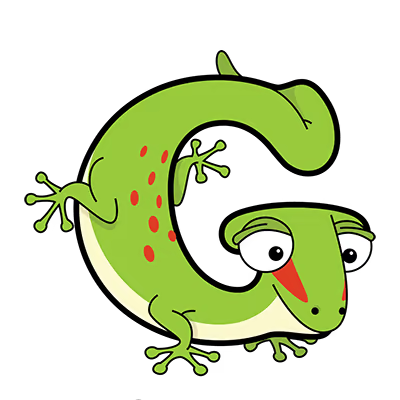Swan
In the Swan module, we first utilised sc.pl.violin to visualise the quality control metrics, n_genes_by_counts and total_counts. Next, we performed differential gene analysis for each cluster using the sc.tl.rank_genes_groups function, filtering for significantly differentially expressed genes using the criteria pvals_adj < 0.01 and logfoldchanges > 1 to minimise false discoveries in cross-species comparative analysis. Gene lists of different dimensions were defined for each group of single-cell data: cross-species datasets were analysed using cell types as the dimension, cross-brain region datasets used brain regions as the dimension, developmental datasets used developmental time as the dimension, and cross-disease datasets used disease types as the dimension. First, data entries with fewer than five cells in any given dimension were excluded. For species, brain regions, and developmental collections, differential gene expression analysis was performed across the different dimensions using the sc.tl.rank_genes_groups(method='t-test') function, generating a GeneList for each dimension. In the disease collection, differential expression analysis was conducted for each disease, using the "Normal" data as a control, and the sc.tl.rank_genes_groups(reference='Normal', method='t-test') function was used to generate a GeneList for each disease type. The GeneList results were subsequently filtered using the same criteria as those for DEG analysis. We also generated pie charts to visualise the proportions of different cell types. If a dataset contained more than one cell type, we repeated differential gene analysis using the same filter conditions. We visualised the top 10 differentially expressed genes for each cell type using dot plots (sc.pl.rank_genes_groups_dotplot), heatmaps (sc.pl.rank_genes_groups_heatmap), and stacked violin plots (sc.pl.rank_genes_groups_stacked_violin). We further visualised each gene using the sc.pl.umap function.
VIEW HELP















